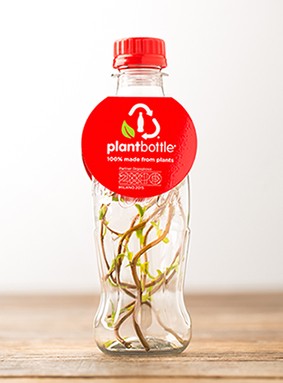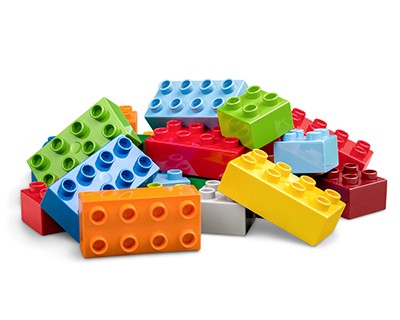Rise of the Bioplastics

By Lisa Jancarik
Roughly 330 million tons of plastic is produced annually, accounting for eight percent of the world's petroleum consumption, and up to 14 million tons entered the world’s oceans in 2010. Plastic easily enters waterways as trash, and it has the added problem of fragmenting into smaller pieces that become impossible to collect. Plus, plastic tends to absorb other pollutants already present nearby. These bits of plastic enter the food chain when consumed by animals like birds and fish. The health impact on people who consume these animals is unclear.
Competing with the Dinosaurs
Despite growing public sensitivity to petroleum-based plastics in the environment, bioplastics haven’t become entirely viable replacements for their conventional counterparts. Conventional, petroleum-based plastics have had a sixty-year head start on their plant-based competitors. Consequently, those plastics have a range of attractive properties and are inexpensive to produce, according to Frederick Scheer, former CEO of bankrupt bioplastics firm Cereplast.
“In order to be competitive with traditional oil-based material, we needed the price of oil to be somewhere around $130, $140 a barrel,” Scheer said. “Clearly, at $50 a barrel we are far away from being able to compete.”
Scheer says that all of the world’s plastic could come from non-petroleum sources using existing infrastructure; however, he feels bioplastics require more substantial government support to compete effectively.
New Bioplastics Developments
One type of bioplastic already in limited use is polylactic acid (PLA). PLA appears in biodegradable drinking cups and some plastic wrap, for example. PLA is also among the few materials suitable for 3D printing, and its biocompatibility makes it a good choice for medical products like absorbable sutures.
To this point, PLA has not seen broader use because its production is expensive compared to that of petroleum-based material. Plus, the intermediary steps of the current synthesis create waste and require the use of metals. At the University of Leuven in Belgium, researchers may have found a way around these problems by using a zeolite. A zeolite is a porous mineral that catalyzes synthesis in a way that skips the intermediary steps and does not require metals. If the KU Leuven success in the lab scales to the industrial level, then PLA synthesis will become more cost-effective and environmentally friendly.
While KU Leuven works toward improving PLA synthesis, another institute is focusing on degrading plastics for recycling. Researchers at North Dakota State University’s Center for Sustainable Materials Science recently exposed a solution containing fructose-based plastic to 350nm-wavelength light. Three hours of the light exposure degraded this simple plastic to its building blocks. The light degradation approach suggests a faster, more environmentally friendly means to recycle and reuse polymer building blocks. In coming years, the group expects to examine how the process might work with plastics used in consumer goods, like cars and electronics.

Familiar Brands and Bioplastics
While academic research into bioplastics continues, one iconic brand is already using bioplastics in its single-use products. Coca-Cola™ Company launched PlantBottle™ in 2009, and since that time, they have produced 35 million of these drink bottles. PlantBottle consists of polyethylene terephthalate (PET) and up to 30 percent bio-based material. PET is recyclable, but their latest bottle material, unveiled earlier this summer, is entirely bio-based.
Where durability is the desired trait, the search for bioplastic alternatives continues. Toymaker Lego™ announced in 2012 that it intended to find sustainable materials for its iconic bricks, currently made from ABS. The brand reputation for durability makes finding a replacement material tricky. There are other challenges, too. For example, brick colors need to match because play sets get mixed together. Plus, the Lego elements have to click together firmly, but pull apart with a child’s arm strength. Within the plastics world, Lego's mission constitutes big news as the company operates over 5,000 molds on more than 1,000 injection molding machines. In 2014, Lego produced over 60 million pieces for its building sets.
With major players like Lego and Coca-Cola looking at plastics alternatives, bioplastics are closing the gap on that 60-year head start held by their petroleum-based counterparts.


